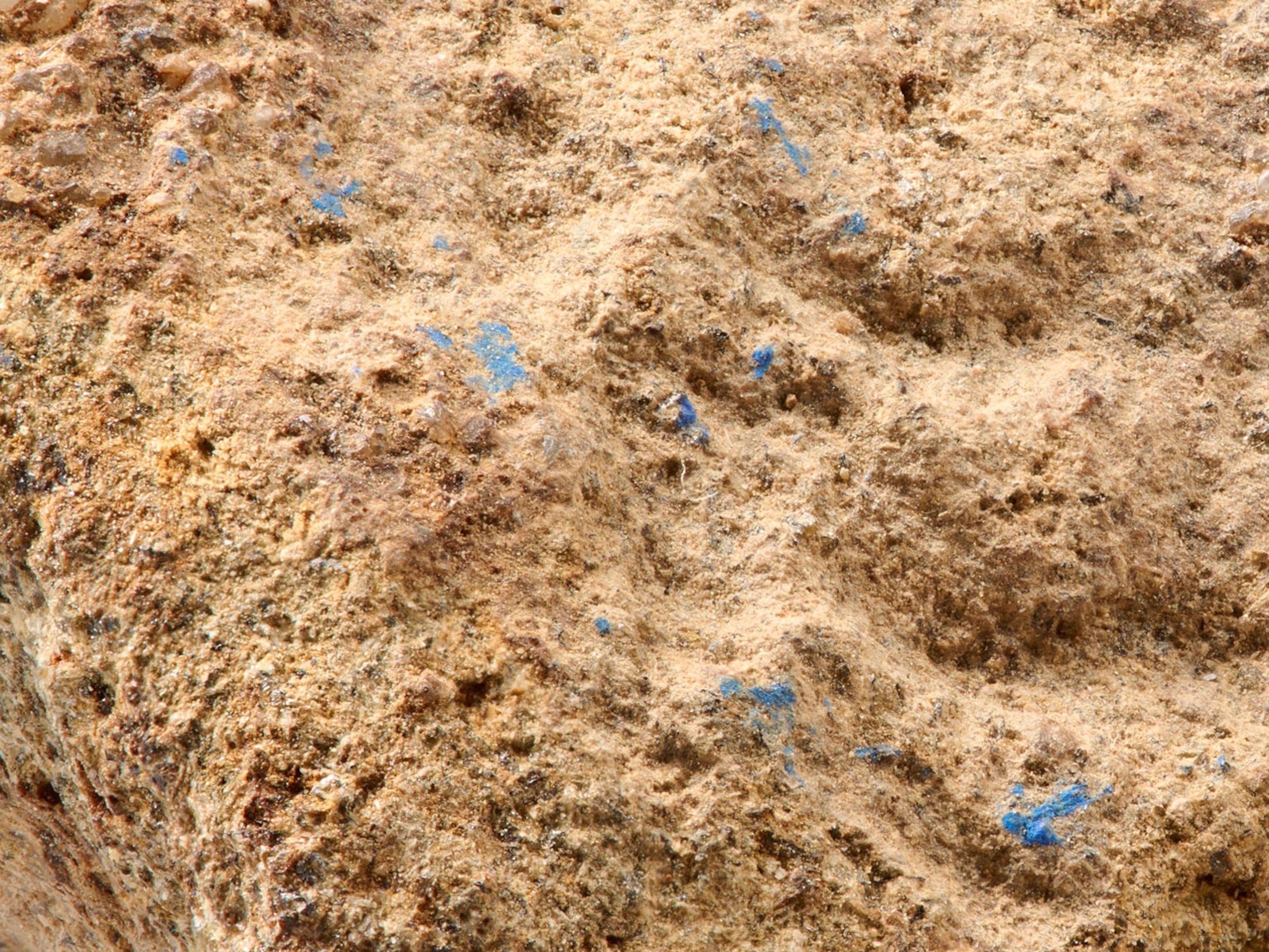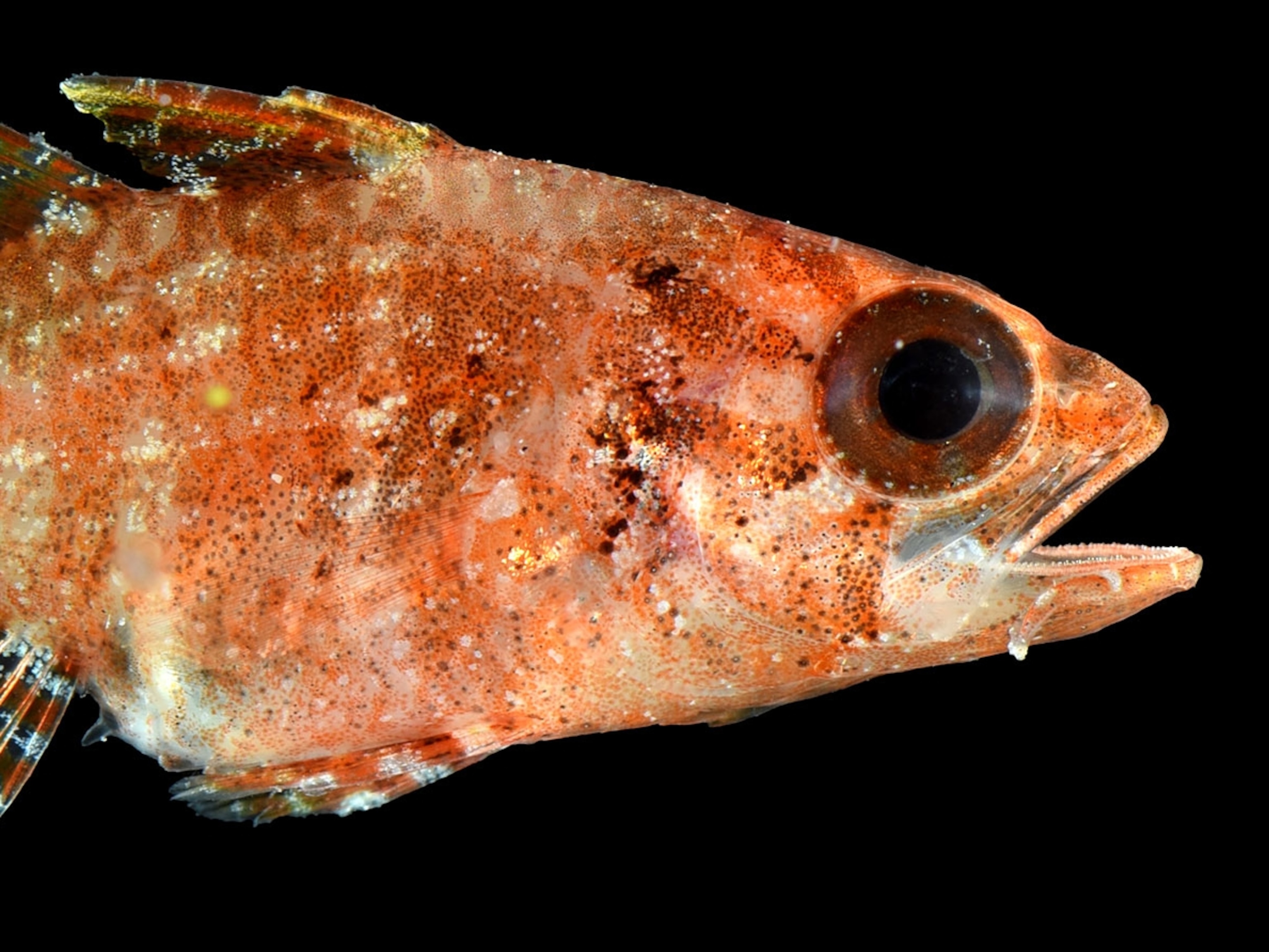
Eyes Made of Rock Really Can See, Study Says
Mollusks' mineral lenses can distinguish shapes, not just light.
When it comes to hard stares and stony gazes, no animal can match the chiton, a small mollusk with eyes made of rock crystal. Now a new study shows just what these strange eyes are capable of.
Scientists had long known that chitons have hundreds of beadlike structures resembling eyes on the backs of their shells. The lenses "are like big, clear pieces of rock," said study leader Dan Speiser, a marine biologist at the University of California, Santa Barbara. (Related: "Coral Algae Have 'Eyes,' Study Says.")
What's been unclear, however, is if the creatures could actually see using these organs or whether the eyes were good only for sensing changes in light intensity.
(Chitons see with eyes made of rock)
"It's been known for over a hundred years that these eyes exist, but no one's really tested what sort of vision they provide," Speiser said.
His latest research—conducted while he was a graduate student at Duke University in North Carolina—revealed that the sea creatures' eyes are the first known to be made of the mineral aragonite, the same material chitons use to make their shells.
What's more, these stony eyes likely have unique advantages over the squishy eyeballs of other animals.
(Related: "Eyeless Urchins 'See' With Spines.")
Mollusks in Lockdown
To test the chiton's vision, Speiser and his team collected Indian fuzzy chitons (Acanthopleura granulate) from the Caribbean.
When left alone, a chiton will lift part of its oval-shaped body to breathe. But when threatened, the animal will clamp down tightly on the seafloor to protect its soft underbelly.
In the lab, the scientists placed individual animals on a stone slab beneath a white screen, which could change colors. Once the chitons seemed relaxed, the team either placed a black disk directly above the mollusks or changed the color of the background screen from white to gray.
The black disk was designed to simulate a suddenly appearing predator, while the dimming screen mimicked subtle changes in natural light that chitons might experience in the wild—for example, when a cloud passes in front of the sun.
In the experiment, the chitons went into lockdown mode when shown the black disk, but the animals remained at ease when the screen dimmed. This suggests the chiton's eyes are able to distinguish shapes, a prerequisite for true vision.
"The eyes allow the chitons to see objects—not with much detail—but they can distinguish between approaching objects and just decreases in light," Speiser said.
Speiser estimates chiton vision is about a thousand times courser than human vision, and it's likely they see only in black-and-white. (Related: "Sharks Are Color-Blind, Retina Study Suggests.")
"Even compared to other animals with small eyes, chitons don't see particularly well," Speiser said.
Rock Eyes Better for Tidal Creatures
Chitons' rock eyes do appear to have some specific advantages. For one thing, the hard aragonite is extremely resilient, an important trait for chitons, which are constantly being pummeled by waves in their natural habitats, shallow tidal pools.
"If their eyes were made of protein"—which is the case for humans and most other animals—"they would get worn right away," Speiser said. (See "Hammerhead Sharks Have 'Human' Vision.")
For another thing, the experiments suggest aragonite allows the chitons to see equally well in air or underwater, something that's probably useful as tides ebb around the mollusks.
"Behaviorally, the chitons react the same" in both mediums, Speiser said.
That's probably because aragonite has two refractive indices, the extent to which a particular material focuses incoming light. With an aragonite eye, one index creates an image on the eye in water while the other works in air.
Meanwhile, a few mysteries remain about chiton eyes. For instance, it's still not known why only some chiton species have eyes, or how the creatures are able to use the same material to make both their eyes and their shells.
"It's going to be interesting to see how they're shaping these lenses,” Speiser said. "How do they make them the right size and shape and keep them translucent? They're exerting some very fine control."
The chiton-eyes research will be detailed in the April 26 issue of the journal Current Biology.





